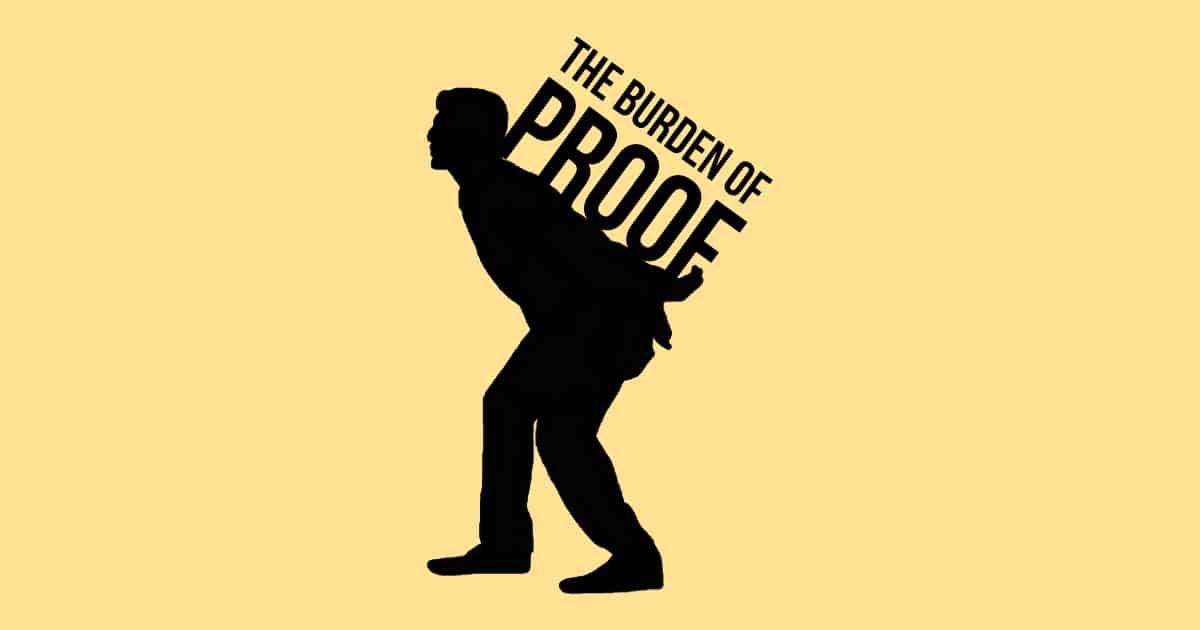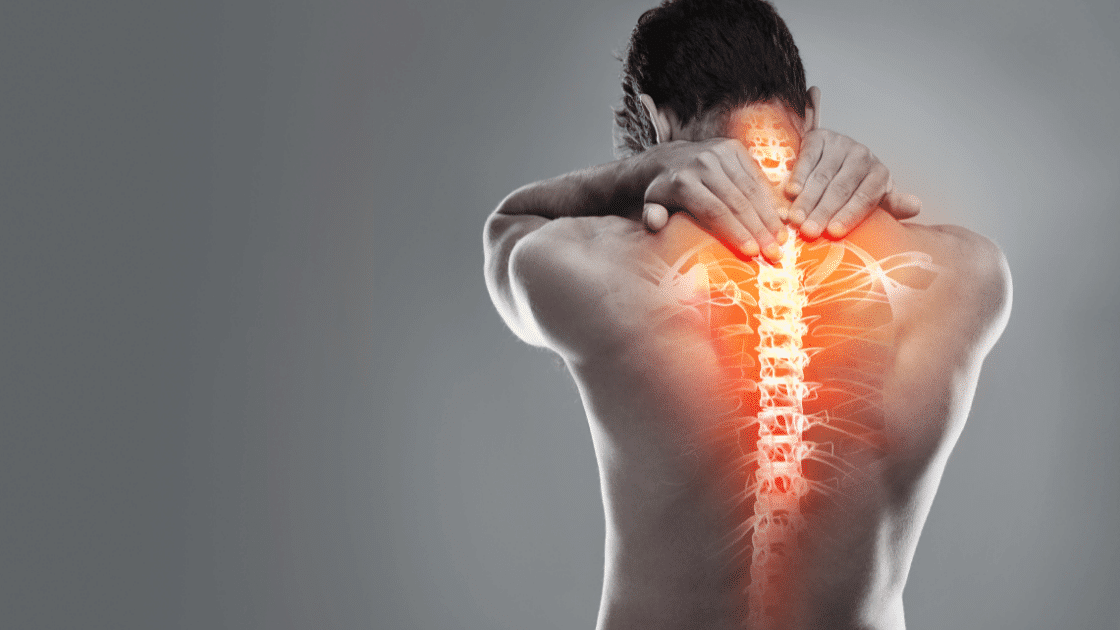
Burden of Proof
The burden of proof is a legal standard that determines which party in a lawsuit is responsible for proving the facts necessary to support their claims. In most cases, the burden of proof lies with the party bringing the claim, requiring them to present sufficient evidence to convince the court of their position. The required level of proof varies by case type, with civil cases typically requiring a “preponderance of the evidence” and criminal cases requiring proof “beyond a reasonable doubt.” At 770GoodLaw, we guide our clients through the burden of proof standards in personal injury and civil litigation, ensuring that their claims are well-supported and compelling.
Purpose of the Burden of Proof
The burden of proof establishes a clear standard for presenting evidence, ensuring fairness by requiring the party making allegations to substantiate them. This standard protects defendants from unjust accusations and helps the court determine the credibility of each party’s claims based on the evidence provided. For plaintiffs in personal injury cases, meeting the burden of proof is essential to recovering compensation for their injuries.
Key purposes of the burden of proof include:
- Ensuring Fairness: The burden of proof places the responsibility of evidence on the party making the claims, protecting defendants from unsupported accusations.
- Promoting Clear Case Outcomes: By establishing a clear standard of evidence, the burden of proof helps judges and juries make informed decisions.
- Providing Legal Structure: The burden of proof outlines specific thresholds for evidence, allowing parties to understand the level of proof required to succeed.
Types of Burden of Proof Standards
Different types of cases have varying levels of proof requirements, with each standard representing a different degree of certainty. Common standards of proof include:
- Preponderance of the Evidence: Common in civil cases, this standard requires the plaintiff to show that it is more likely than not (over 50%) that their claims are true. This is often referred to as the “balance of probabilities.”
- Clear and Convincing Evidence: Used in certain civil cases, such as fraud or mental competence matters, this standard requires the plaintiff to prove that their claims are “highly probable” or reasonably certain.
- Beyond a Reasonable Doubt: In criminal cases, the prosecution must meet this high standard, proving the defendant’s guilt to a level of near certainty. This protects individuals from wrongful conviction by requiring substantial evidence.
Meeting the Burden of Proof in Civil Cases
In personal injury and other civil cases, the burden of proof typically rests on the plaintiff, who must demonstrate the defendant’s liability by a preponderance of the evidence. To meet this standard, plaintiffs often rely on various types of evidence, including:
- Physical Evidence: Medical records, accident reports, and photographs provide tangible proof of the injuries, damages, or conditions relevant to the case.
- Eyewitness Testimony: Statements from witnesses who observed the incident can corroborate the plaintiff’s account, supporting their claims with firsthand observations.
- Expert Testimony: Professionals such as medical experts or accident reconstruction specialists provide insights that clarify complex issues, helping establish causation and impact.
- Documentation of Damages: Bills, pay stubs, and estimates are used to substantiate claims for economic damages, such as medical expenses, lost wages, and property repair costs.
Shifting Burden of Proof
In some cases, the burden of proof may shift to the defendant, particularly if the plaintiff presents enough initial evidence to establish a “prima facie” case (a case that appears valid at first glance). When this happens, the defendant must present evidence to refute the plaintiff’s claims or introduce reasonable doubt. For example:
- Affirmative Defenses: If a defendant raises an affirmative defense, such as self-defense or assumption of risk, they bear the burden of proving the validity of this defense.
- Rebutting Causation or Liability: In personal injury cases, defendants may present evidence to show that other factors contributed to the injury, challenging the plaintiff’s causation claims.
How 770GoodLaw Helps Clients Meet the Burden of Proof
At 770GoodLaw, we understand that meeting the burden of proof requires thorough preparation, strong evidence, and strategic presentation. Our attorneys work closely with clients to build well-supported cases, ensuring that the evidence meets the necessary standards to establish liability. Our approach includes:
- Collecting Comprehensive Evidence: We gather all available evidence, from medical records to expert testimony, to build a strong case that meets the preponderance of the evidence standard.
- Preparing Witnesses and Experts: Our team works with witnesses and experts to present clear, credible testimonies that support our clients’ claims.
- Challenging Opposing Evidence: We scrutinize the defense’s evidence and arguments, identifying weaknesses to strengthen our clients’ positions and counteract opposing claims.
- Providing Strategic Guidance: We guide clients through each phase of the case, helping them understand the burden of proof requirements and preparing them to present a compelling case.
Importance of Legal Representation in Burden of Proof Cases
The burden of proof is a critical element in personal injury and civil cases, determining whether a plaintiff can recover compensation. Experienced legal representation ensures that plaintiffs meet this standard by presenting a persuasive, well-documented case. At 770GoodLaw, we provide dedicated support, helping clients navigate the legal process and achieve fair outcomes.
Why Choose 770GoodLaw for Meeting the Burden of Proof
Our commitment to Relentless Reliability and Sincetegrity means that we approach each case with thorough preparation and integrity. At 770GoodLaw, we strive to meet and exceed the burden of proof standard, ensuring that our clients have the best chance of a successful outcome.






